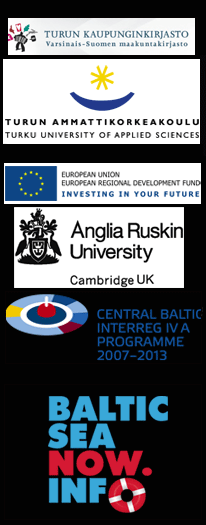Meri Valvoo - Urban Interventions
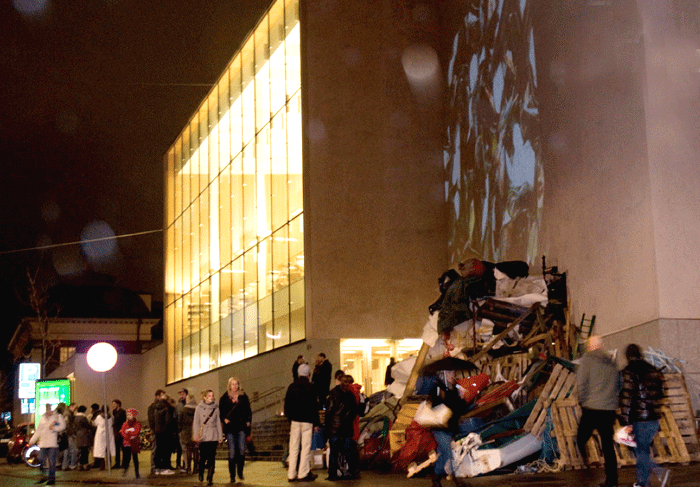


This work was at the site of the European Capital of Culture in 2011. The role of global events as drivers of global capitalism enables older industrial cities to be restructured for capital or tourism. In Turku, Finland, questions such as 'who owns this space' and 'what can we do here' moved onto ecological concerns around the Baltic Sea. . Temporary installations involving moving image and were participatory and interactive. They were rooted in the collective process itself, and offered public space interventions using the inside/outside of key site specific buildings. Meri Valvoo, saw boatloads of debris from the Finnish archipelago brought it into the centre of Turku, piled in front of the city's award winning building, the central library designed by JKMM architects. Video projections showed an underwater journey along the seabed interspersed with microscopic images of alien species and green algae - the cause and symptom of ecological imbalance.

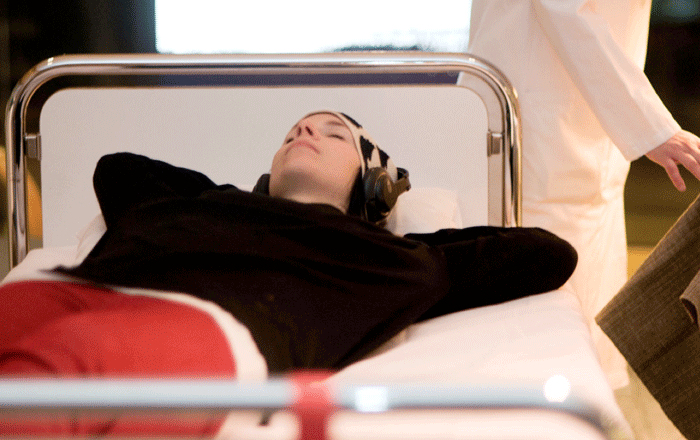
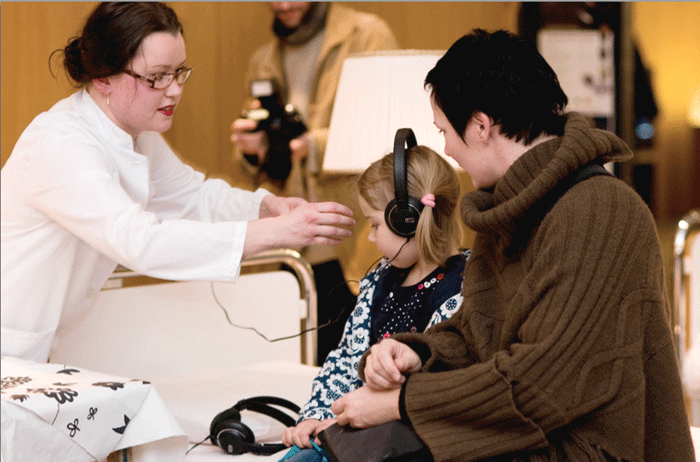
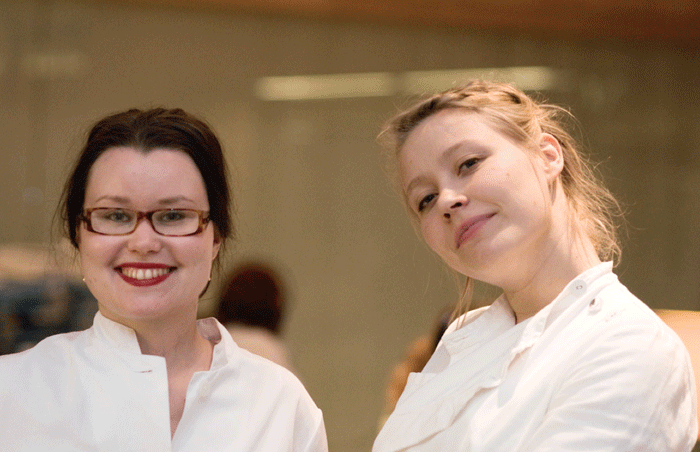
Inside the building, a clinic tended the sick (addressing the sea-sickness alongside the audience sickness) Rows of hospital beds tended by nurses invited the audience to lay down, wear headphones, listen to a soundtrack and talk/write about their experiences in/on the Baltic waters.
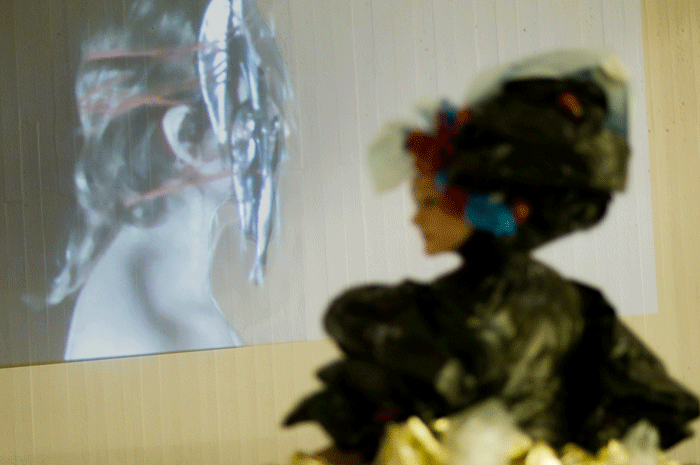

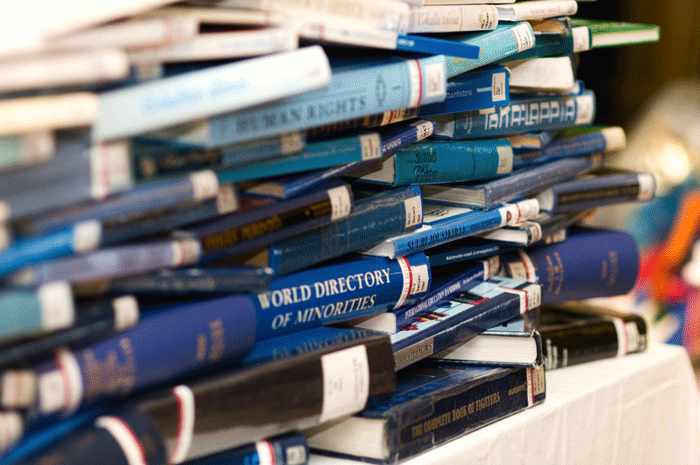
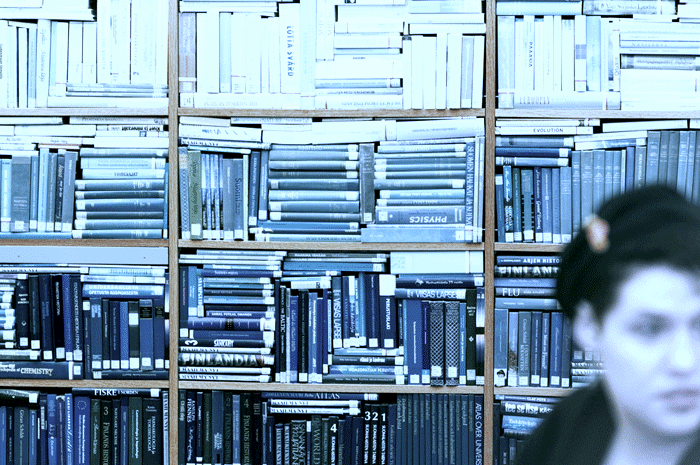
Performers from the sea dragging plastic trains gave gifts to small children from the costumes. Over 1000 books were rearranged in the library in the colours and form of the sea waves.
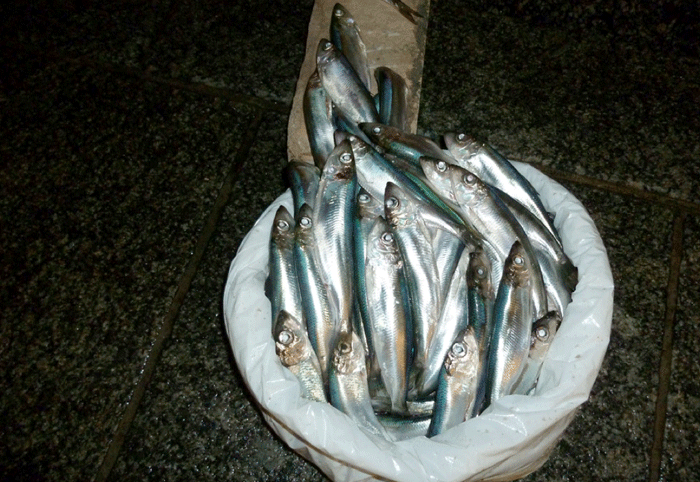

Within the courtyard area water and fish from the sea were used in live feed projections with sound, live art and other elements. Toxic fish were eaten by a performer until inducing vomiting. He lifted heavy containers of sea water over his head in freezing conditions in an attempt to wash himself clean.
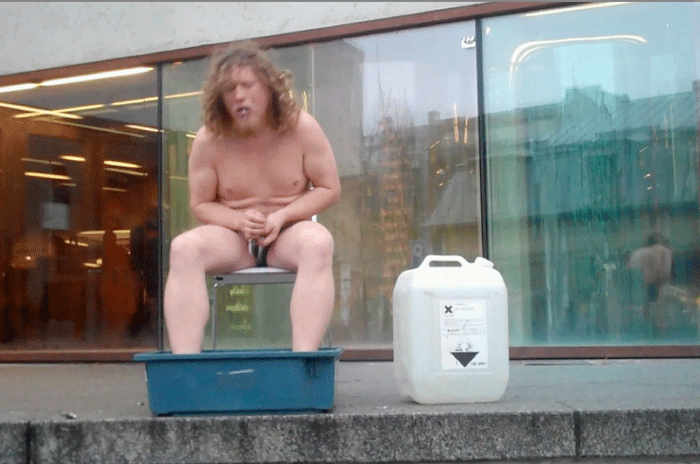
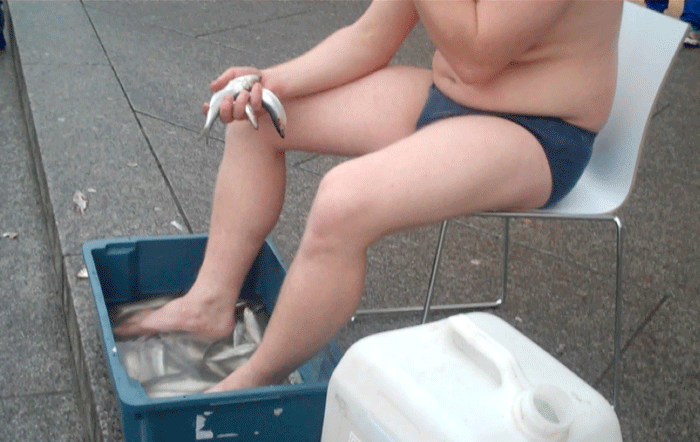
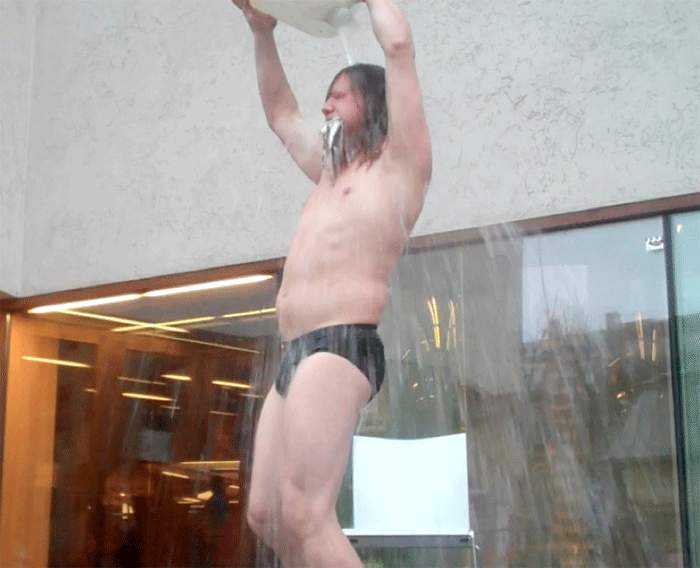
A temporary collective of individuals, including artists and scientists, delivered the work. The method used was a fusion of activist practice and the theoretical framework I have developed with reference to the work of Guattari. This model enables me to question hierarchies within institutions and to organise outcomes that encourage complexification. Collaborators used a process of consensus decision-making. An attempt was made to address fundamental questions around ownership, of both space, material (digital/installation/other) and the potentially paralysing effects of the ever-tightening relations between space and economy.
